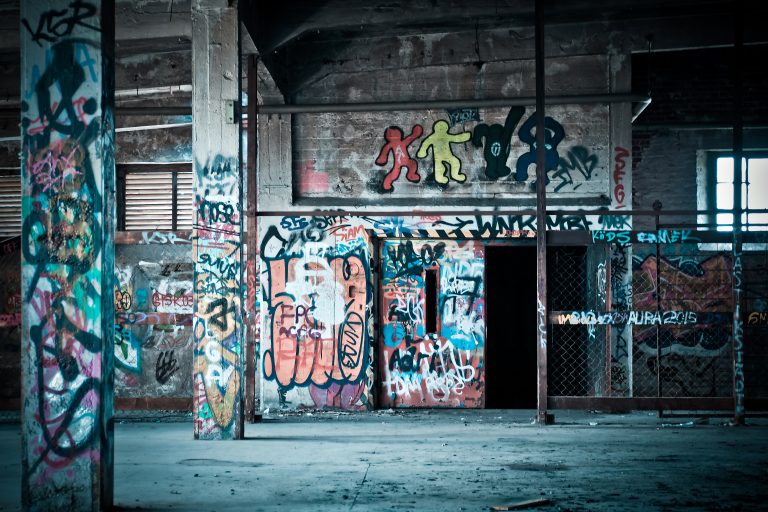
Street Art Revolution: The Murals and Graffiti Transforming Latin American Cities
07 September, 2023In the pulsating heart of Latin America’s urban landscapes, there is a vibrant revolution taking place. Far from the corridors of power, the political manifestos, or the mainstream media, the streets have become the canvas for a new form of expression: street art. Through murals, graffiti, and stencil art, the artists are transforming their cities, reflecting the region’s rich history, diverse cultures, social issues, and aspirations for the future. Like after each IviBet login, a new world is waiting for you as you enter a new city.
Historical Context: The Roots of Street Art in Latin America
Street art in Latin America is as old as its indigenous civilizations. The Mayans, Aztecs, and Incas had their wall carvings and frescoes. However, the contemporary street art movement can trace its roots to the political upheavals of the 1970s and 1980s, particularly in countries like Chile, Argentina, and Nicaragua. Dictatorships and civil unrest became the backdrop for a form of resistance through graffiti, murals, and posters, challenging authoritarian rule and championing the rights of the marginalized.
The Messages Behind the Art
- Political Commentary: Many murals depict key figures from the past, such as Salvador Allende in Chile or the revolutionary Che Guevara, whose face graces countless walls throughout the continent. These images serve as potent symbols of resistance and revolution.
- Social Critique: In Brazil’s favelas, street art highlights issues such as police brutality, poverty, and racism. The artwork of the likes of Panmela Castro, for example, highlights domestic violence and gender equality.
- Cultural Celebration: From the colorful Day of the Dead motifs in Mexico to the vibrant depictions of Afro-Brazilian heritage in Salvador, street art acts as a proud proclamation of the region’s diverse cultural roots.
- Environmental Concerns: Artists in cities like Bogota and Quito have used their art to highlight concerns about deforestation, loss of biodiversity, and other environmental challenges.
Notable Street Artists and Movements
- Os Gemeos: The Brazilian twins, known for their distinctive yellow characters, have brought the flavor of São Paulo’s streets to cities across the globe.
- Bastardilla: Hailing from Colombia, her work often incorporates indigenous and female figures, tackling themes of resilience and hope.
- Cabaio: This Argentine stencil artist offers intricate, multi-layered works that often carry a playful yet thought-provoking message.
- Mexico’s Mural Movement: Rooted in the post-revolutionary period, this movement brought forth iconic artists like Diego Rivera, who painted large-scale murals addressing societal issues and Mexican identity.
The Evolution: From Vandalism to Acceptance
Street art’s transformation from an act of defiance to a widely accepted art form has been profound. Today, many Latin American cities have embraced the medium, commissioning artists to beautify neighborhoods and even establish street art tours for tourists. Municipal initiatives and festivals like “Meeting of Styles” in Buenos Aires or “Graffiti Mundo” have showcased the potential of this art form to bridge communities, initiate dialogue, and drive tourism.
The Challenges and Criticisms
While street art has undoubtedly become more accepted, it isn’t without its challenges. Gentrification poses a threat, with murals sometimes paradoxically raising property values and pushing out longtime residents. Moreover, commercialization of street art raises questions about selling out and losing its original essence and purpose. Authenticity and maintaining the spirit of rebellion and resistance are ongoing discussions within the community.
In conclusion, the murals and graffiti of Latin America are far more than mere splashes of color on urban walls. They are a testament to a region’s capacity to voice its struggles, celebrate its diverse heritage, and challenge societal norms. As these cities continue to evolve, so too will the stories etched on their walls, ensuring that the street art revolution remains as vibrant and relevant as ever.
Follow Sounds and Colours: Facebook / Twitter / Instagram / Mixcloud / Soundcloud / Bandcamp
Subscribe to the Sounds and Colours Newsletter for regular updates, news and competitions bringing the best of Latin American culture direct to your Inbox.

